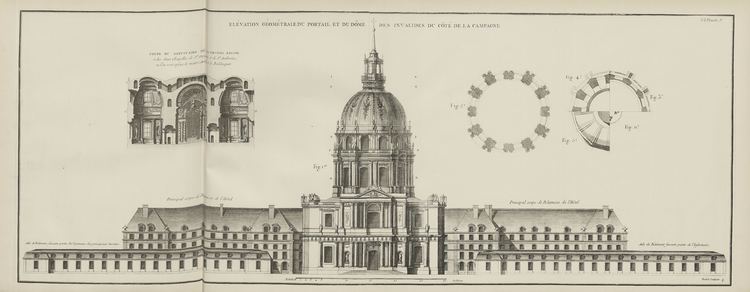Name Jacques-Francois Blondel | ||
 | ||
Structures Metz Cathedral, Strasbourg Cathedral, Imperial Academy of Arts Similar People Jean‑Baptiste Vallin de la Mothe, Erwin von Steinbach, Alexander Kokorinov, Ulrich Ensingen | ||
Jacques-Francois Blondel (8 January 1705 — 9 January 1774) was a French architect and teacher. After running his own highly successful school of architecture for many years, he was appointed Professor of Architecture at the Academie d'Architecture in 1762, and his Cours d'architecture ("Course of Architecture", 1771–1777) largely superseded a similarly titled book published in 1675 by his famous namesake, Francois Blondel, who had occupied the same post in the late 17th century.
Contents

Career
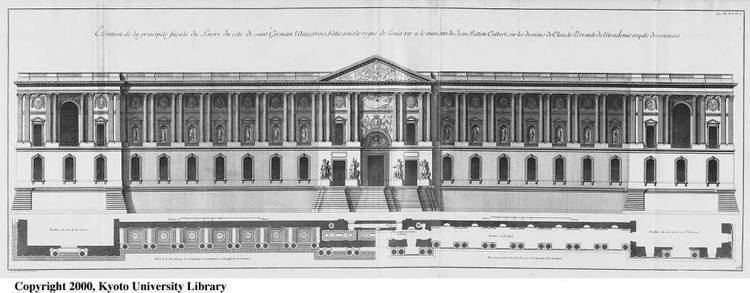
Born in Rouen, he initially trained under his uncle Jean-Francois Blondel (1683–1756), architect of Rouen. Jacques-Francois was in Paris by 1726 and continued his studies with Gilles-Marie Oppenord, from whom he acquired a knowledge of the rococo. He also worked with Jean Mariette, contributing to the latter's L'Architecture francoise (1727, 1738), as a writer and as an architectural engraver. Blondel developed into a conservative and thorough architect, whose rationally ordered mind consolidated French classical tradition and practice.
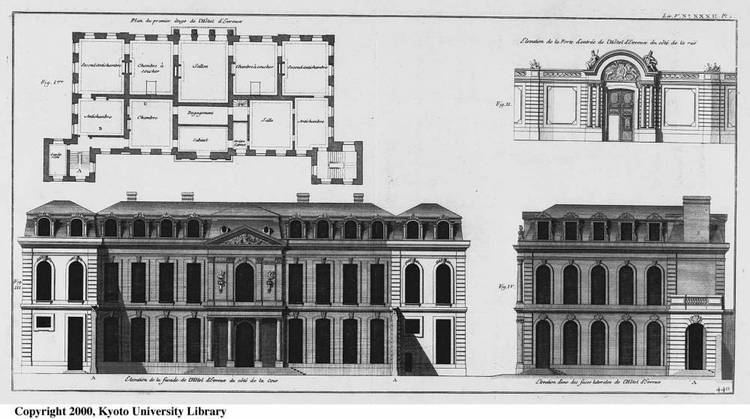
His first independent publication was the hugely influential encyclopedic work, De la Distribution des Maisons de Plaisance, et de la Decoration des Edifices en General, issued at Paris, 1737–38. It contained 155 carefully engraved plates. His Distribution des Maisons de Plaisance and other engraved work attracted a commission to produce thirteen of the engravings for the festival book commemorating the fetes that celebrated the wedding of Madame Elizabeth of France with Dom Philippe of Spain, published in 1740.
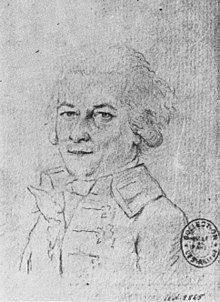
That same year he opened his own private school in Paris, the Ecole des Arts, sanctioned by the Academie in 1743. In the ensuing years a long sequence of architects profited from his discourse: Boullee, Brongniart, Chalgrin, La Guepiere, Desprez, de Wailly, Gondoin, Ledoux, Guimard and Rondelet, and to foreigners who would bring Neoclassicism home with them: the Anglo-Swedish Sir William Chambers, and the Dane Caspar Frederik Harsdorff. "Blondel was the most significant French architectural educator of the eighteenth century.....his objective was to establish design principles for domestic architecture that correspond to the classical principles already in practice for civil structures".
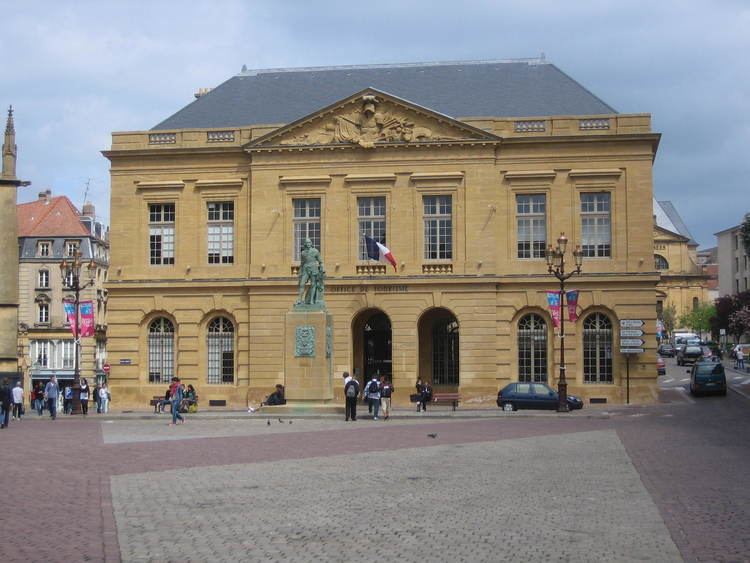
In his clear and rational Architecture francoise, a four-volume work published from 1752 to 1756, he covered the past century and more of French buildings in and near Paris, setting them in their historical context and providing a wealth of detailed information that would otherwise have been lost. In the preface he remarked, "I have used simple terms and a popular style with the intention of being understood by layman and artist alike; having noticed that recent books about architecture are either badly organised or over long." He originally planned eight volumes, but only the first four were published. The work brought him to official notice; he was inducted into the Academie d'Architecture in 1755 and appointed architect to Louis XV.
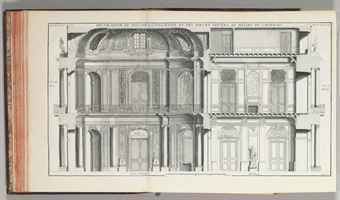
Though his executed body of work was small, mostly confined to work he executed at Metz under commission of the duc de Choiseul, his approach was soundly grounded: for Diderot's Encyclopedie he wrote the article on masonry, as well as architecture, and contributed nearly 500 articles between 1751 and his death in 1774.
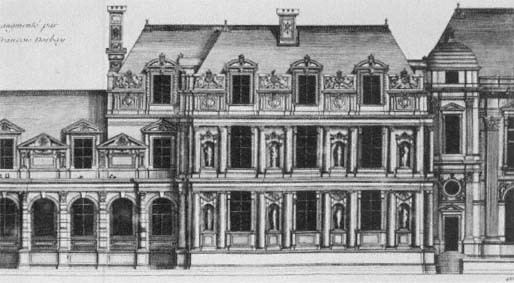
In 1762, he was appointed Professor of Architecture at the Academie, closing his own school and introducing his comprehensive curriculum to the Academie. His Cours d'architecture ou traite de la decoration, distribution et constructions des batiments contenant les lecons donnees en 1750, et les annees suivantes began appearing in 1771 and ran to nine volumes by 1777, a volume of plates to each two volumes of text; the last volumes were seen through the press by his disciple Pierre Patte. His Cours d'architecture is sometimes referred to as the "Petit Blondel" to distinguish it from the "Grand Blondel", his Architecture francoise. Blondel's practical, encyclopedic approach, largely ignoring the excesses of Rococo, had survived changes in taste and remained in the mainstream of French architectural training for several decades more.
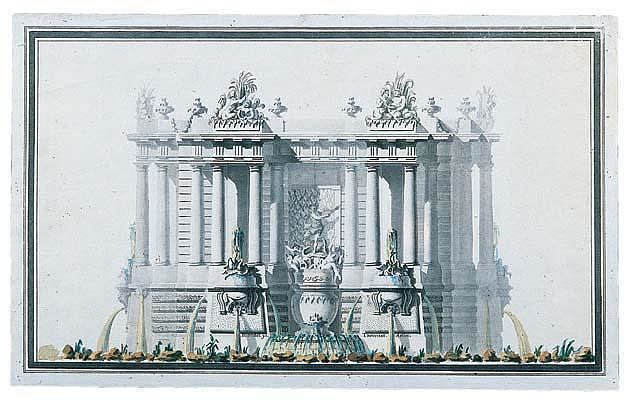
Personal life
Blondel married Marie Anne Garnier in 1729. Their son, Georges-Francois Blondel, who was born in 1730, became an architectural engraver. They also had a daughter, Claudine Angelique. After his first wife's death in 1755, Jacques-Francois married Manon Balletti in 1760. Their son, Jean-Baptiste Blondel, who later became an architect for the city of Paris, was born in 1764. During his final illness, Jacques-Francois requested to be taken to his classrooms at the Louvre, where he died surrounded by his books, his architectural models, and his students.
